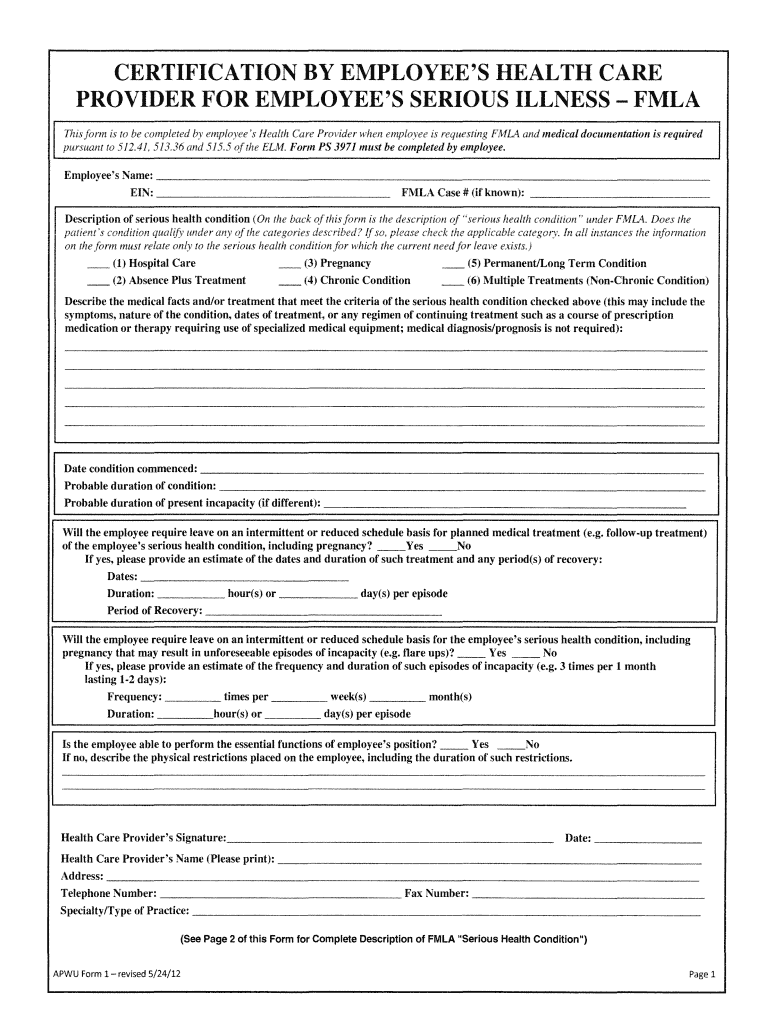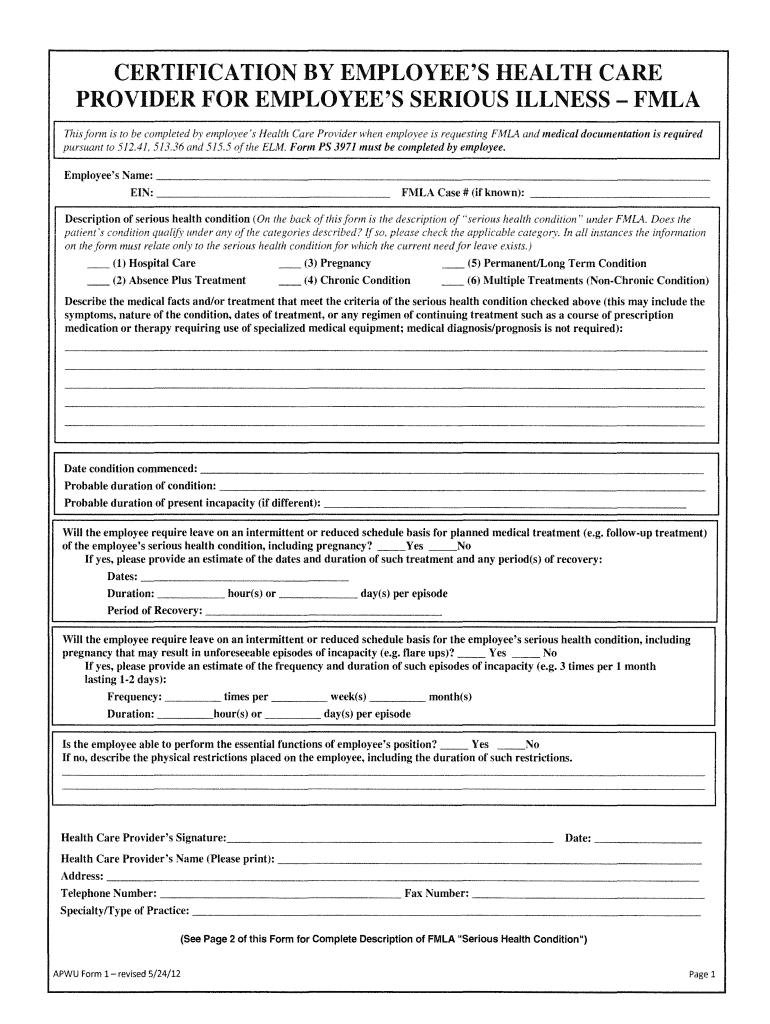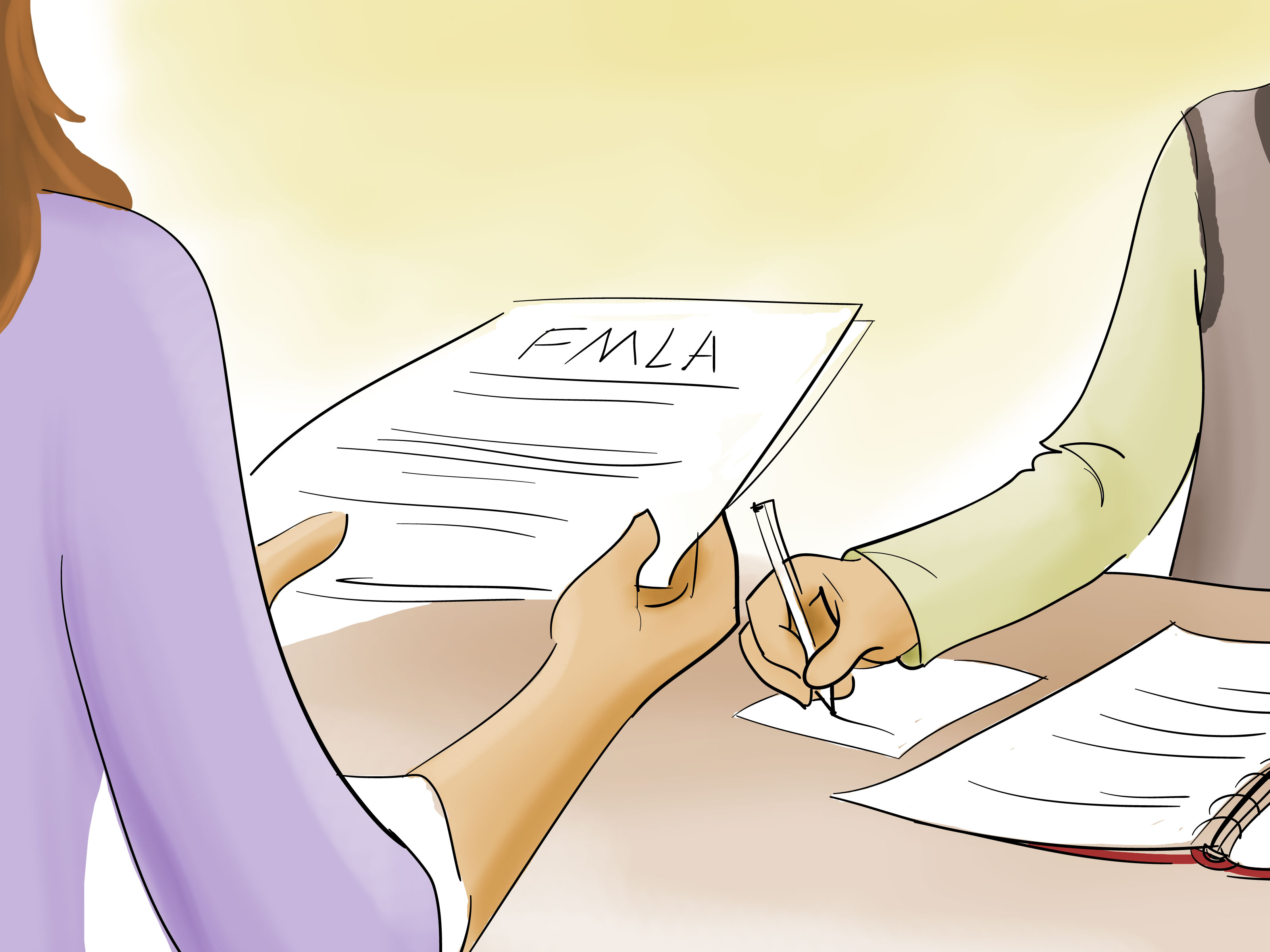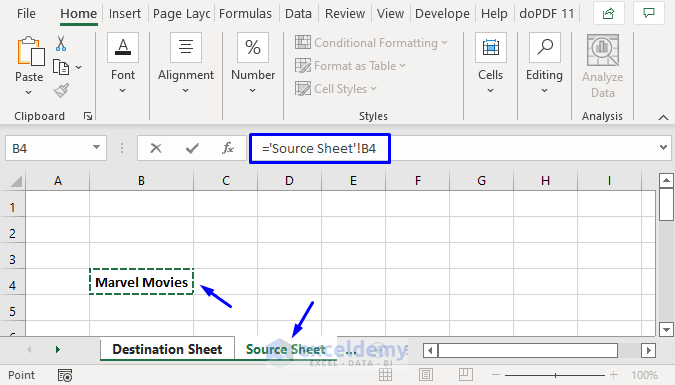5 Ways PAs Can Handle FMLA Paperwork Efficiently

Handling FMLA (Family and Medical Leave Act) paperwork can be a complex and time-consuming task for medical practices, but there are several strategies Physician Assistants (PAs) can employ to manage this process more efficiently. By implementing these methods, PAs can not only reduce administrative burden but also ensure compliance and maintain high standards of patient care.
1. Automate the Process with EMR Software

The digital transformation of medical records management has been a game-changer for administrative efficiency. Here’s how PAs can leverage Electronic Medical Record (EMR) systems:
- Template Forms: Create or customize FMLA forms within the EMR system to streamline documentation.
- Electronic Signatures: Utilize digital signatures to eliminate the need for physical paperwork.
- Integrated Notifications: Set up automatic alerts for FMLA certifications and recertifications.
- Data Export: Facilitate the export of FMLA information for reporting and compliance purposes.
EMR systems can significantly reduce the time spent on paperwork by automating data entry, maintaining a digital trail, and simplifying the submission process.
⚡️ Note: While EMR systems offer many benefits, ensure that all staff are adequately trained on how to use these tools to maximize efficiency.

2. Implement Clear FMLA Procedures

Establishing a clear protocol for FMLA paperwork is essential. Here's how:
- Standard Operating Procedures (SOPs): Develop detailed SOPs for handling FMLA requests, including who is responsible for what, timelines, and checklists.
- Training: Train administrative staff on these procedures to ensure everyone understands their role.
- Communication: Ensure there's a system in place for notifying PAs and nurses when FMLA paperwork arrives.
Clear procedures not only minimize confusion but also help in maintaining compliance with FMLA regulations.
3. Use Task Delegation and Follow-Up Systems

Task delegation can lighten the load on PAs:
- Delegate Tasks: Assign administrative staff or office managers to handle routine FMLA tasks like initial form filling.
- Tracking Systems: Use task management software or a shared calendar to track due dates for FMLA forms.
- Regular Check-Ins: Set regular review meetings to ensure paperwork is completed timely.
Delegation, coupled with effective tracking, ensures that no FMLA paperwork falls through the cracks.
🛈 Note: Delegation should be done with an understanding of privacy laws like HIPAA; ensure staff only handle information necessary for their role.
4. Educate Patients on FMLA

Empowering patients with knowledge about FMLA can simplify the paperwork process:
- Patient Information Sheets: Provide educational material on what FMLA entails, what documentation is needed, and timelines.
- Pre-Visit Information: Send out forms or instructions before the patient's appointment to reduce on-site administrative burden.
- Follow-Up Calls: Remind patients of upcoming deadlines or to submit any missing documentation.
Well-informed patients are more likely to submit complete and timely FMLA forms, reducing the need for follow-ups.
5. Review and Optimize Continuously

Continuous improvement is crucial:
- Audit: Conduct periodic audits of FMLA processes to identify bottlenecks or areas for improvement.
- Feedback: Collect feedback from staff on the FMLA process and make adjustments based on the input.
- Training Updates: Keep staff updated on changes to FMLA regulations or practice policy.
- Technology Upgrades: Stay informed about advancements in EMR and administrative software that could further streamline the process.
This approach ensures that the FMLA handling process evolves with the practice's needs and regulatory changes.
By employing these strategies, Physician Assistants can manage FMLA paperwork efficiently, reduce the administrative burden, and continue to provide excellent patient care. Effective FMLA management not only benefits PAs but also ensures that patients receive the support they need during crucial life events or health issues.
What is the Family and Medical Leave Act (FMLA)?

+
The Family and Medical Leave Act (FMLA) provides certain employees with up to 12 weeks of unpaid, job-protected leave per year for specific family and medical reasons. This act covers areas such as childbirth, adoption, caring for a sick family member, or personal serious health conditions.
Why is efficient FMLA paperwork management important for PAs?

+
Efficient management of FMLA paperwork helps PAs comply with legal requirements, reduce administrative load, and maintain focus on providing high-quality patient care. It also ensures patients receive the leaves they are entitled to without unnecessary delays.
Can electronic medical records (EMR) systems help with FMLA paperwork?

+
Yes, EMR systems can significantly streamline FMLA paperwork by automating form creation, tracking deadlines, managing electronic signatures, and providing templates for standard documentation.



